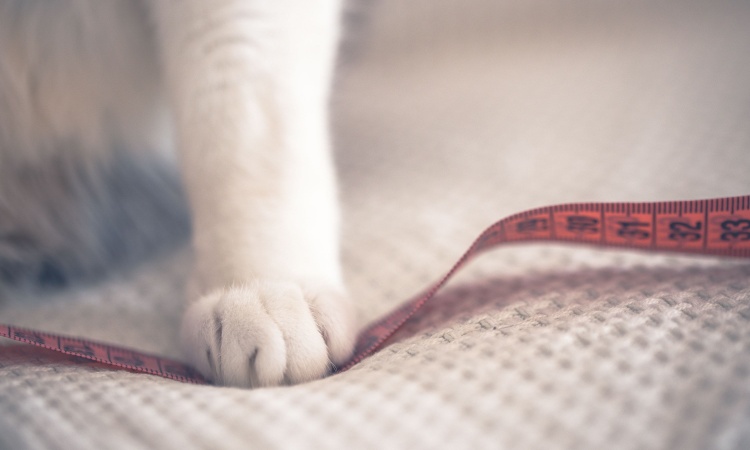How to Help a Cat Lose Weight Safely and Effectively
How to Help a Cat Lose Weight Safely and Effectively

Why Cat Weight Loss Matters
Overweight cats are at higher risk of diabetes, arthritis, liver disease, and a shortened life span. A few extra kilos might seem harmless, but even half a kilo on a cat is equivalent to nearly 7 kilograms on a human.
Understanding Your Cat’s Ideal Weight
A typical domestic cat should weigh between 8–10 pounds, but this varies by breed and frame. Your vet can help determine your cat’s ideal weight through body condition scoring, which looks at rib visibility, waist definition, and abdominal tuck.
Signs Your Cat Might Be Overweight
- Difficulty grooming or jumping
- Lethargy or sleeping more than usual
- Noticeable belly sag or fat pads
- Labored breathing after light activity
Vet Visit First
Before starting a weight loss plan, always consult your vet. Underlying issues like hypothyroidism or joint pain could be contributing to weight gain. A vet can suggest realistic weight goals and the safest route to get there. The need of these vet visits also highlights the importance of having cat insurance to help manage potential costs
Portion Control Over Free Feeding
Many cats become overweight due to free feeding. Switch to scheduled feeding with measured portions. Read food labels and follow vet recommendations for calorie intake based on ideal weight, not current weight.
Choosing the Right Food
Weight-loss formulas have fewer calories but more fiber and protein to keep your cat full. Wet food often works better than dry kibble since it has higher moisture and protein content, which helps with satiety and hydration.
Feeding Tips That Work
- Use puzzle feeders or food toys to slow eating and stimulate the mind
- Split daily food into 3–4 small meals instead of one or two big ones
- Avoid feeding table scraps or high-calorie treats
Encourage Movement Daily
Getting cats to exercise isn’t always easy, especially indoor ones, but it’s crucial.
Simple Ways to Keep Them Active
- Laser pointers and wand toys
- Cat trees, tunnels, or climbing shelves
- Daily play sessions of 10–15 minutes
- Food hidden in different parts of the house
Track Progress
Weigh your cat every two weeks on a pet or baby scale. Aim for a slow weight loss of 1–2% of body weight per week. Sudden weight loss can be dangerous, especially in cats, so go slow and steady.
Stay Patient and Consistent
Weight loss in cats is a long-term commitment. It might take several months to reach the goal, but the health benefits are worth it- better energy, fewer vet visits, and improved quality of life.
Final Word
Helping your cat lose weight is one of the most loving things you can do for them. It means adding years to their life, reducing risk of disease, and improving overall comfort. With measured meals, fun play, and support from your vet, weight loss can become a healthy routine.
And while you're working on their health, don’t forget long-term care tools like pet insurance. It ensures you're covered if weight-related issues like diabetes or joint concerns crop up, giving your furry friend the healthiest, happiest life possible.
Disclaimer: The above information is for illustrative purposes only. For more details, please refer to the policy wordings and prospectus before concluding the sales.
RELATED ARTICLES
How AI is Helping Us Understand What Our Pets Are Saying
How to Train Your Cat Using Positive Reinforcement Techniques
Understanding Seasonal Changes in a Cat’s Behavior










 Health Insurance
Health Insurance  Travel Insurance
Travel Insurance  Car Insurance
Car Insurance  Cyber Insurance
Cyber Insurance  Critical Illness Insurance
Critical Illness Insurance
 Pet Insurance
Pet Insurance
 Bike/Two Wheeler Insurance
Bike/Two Wheeler Insurance  Home Insurance
Home Insurance  Third Party Vehicle Ins.
Third Party Vehicle Ins.  Tractor Insurance
Tractor Insurance  Goods Carrying Vehicle Ins.
Goods Carrying Vehicle Ins.  Passenger Carrying Vehicle Ins.
Passenger Carrying Vehicle Ins.  Compulsory Personal Accident Insurance
Compulsory Personal Accident Insurance  Travel Insurance
Travel Insurance  Rural
Rural 











